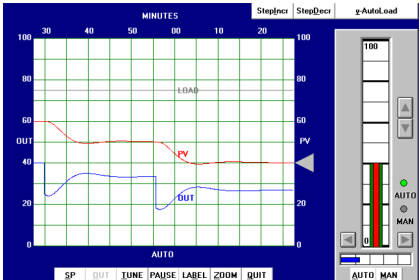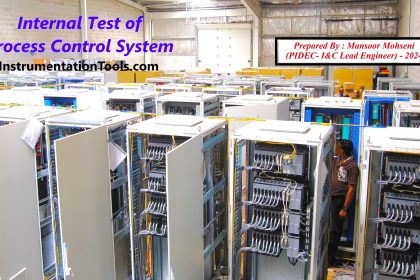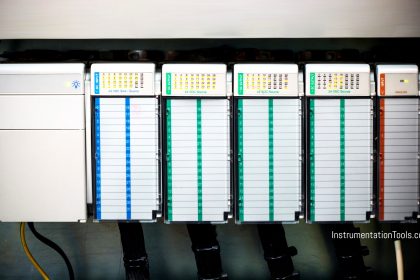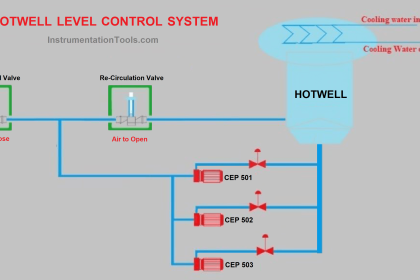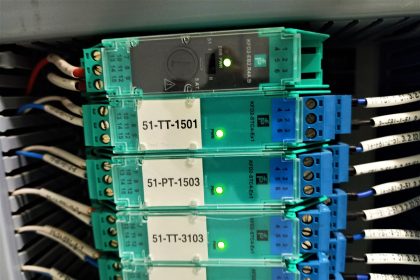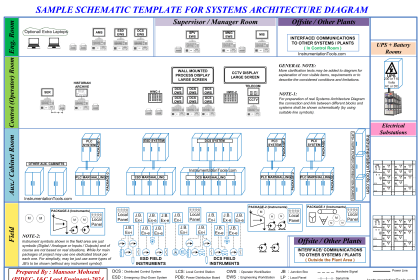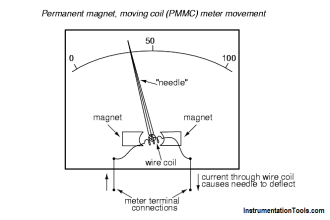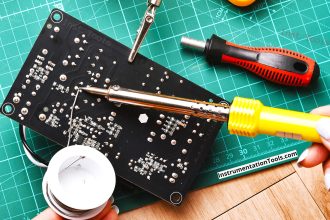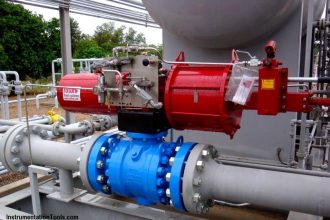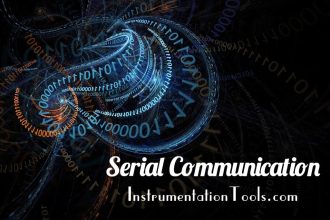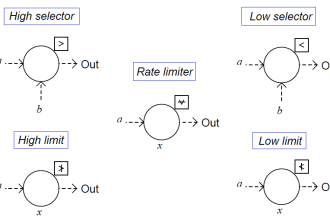In this post, we will see the basics of Industry 4.0
Currently, in industrial automation, the fourth generation of technology is evolving and being used.
There are four generations of automation.
The first revolution (1.0) dealt with shifting work from manual labor to systems working by steam-powered or water-powered engines and other machine tools.
The second revolution (2.0) involved the use of steel and electricity in industries. Due to electrification, a huge amount of efficiency was increased and systems became more reliable. During this phase, production in assembly lines was started.
In the third revolution (3.0), the use of computers, PLCs, robotics, digital automation, and networks played a bigger role in increasing and controlling production to a great extent.
Industry 4.0
Now, the fourth revolution (Industry 4.0) has taken the third generation to a new level by use of IoT (Internet of Things), cybersecurity, real-time data access, large and smarter network connectivity, open-source coding between all the manufacturers, cloud computing, and better collaboration.
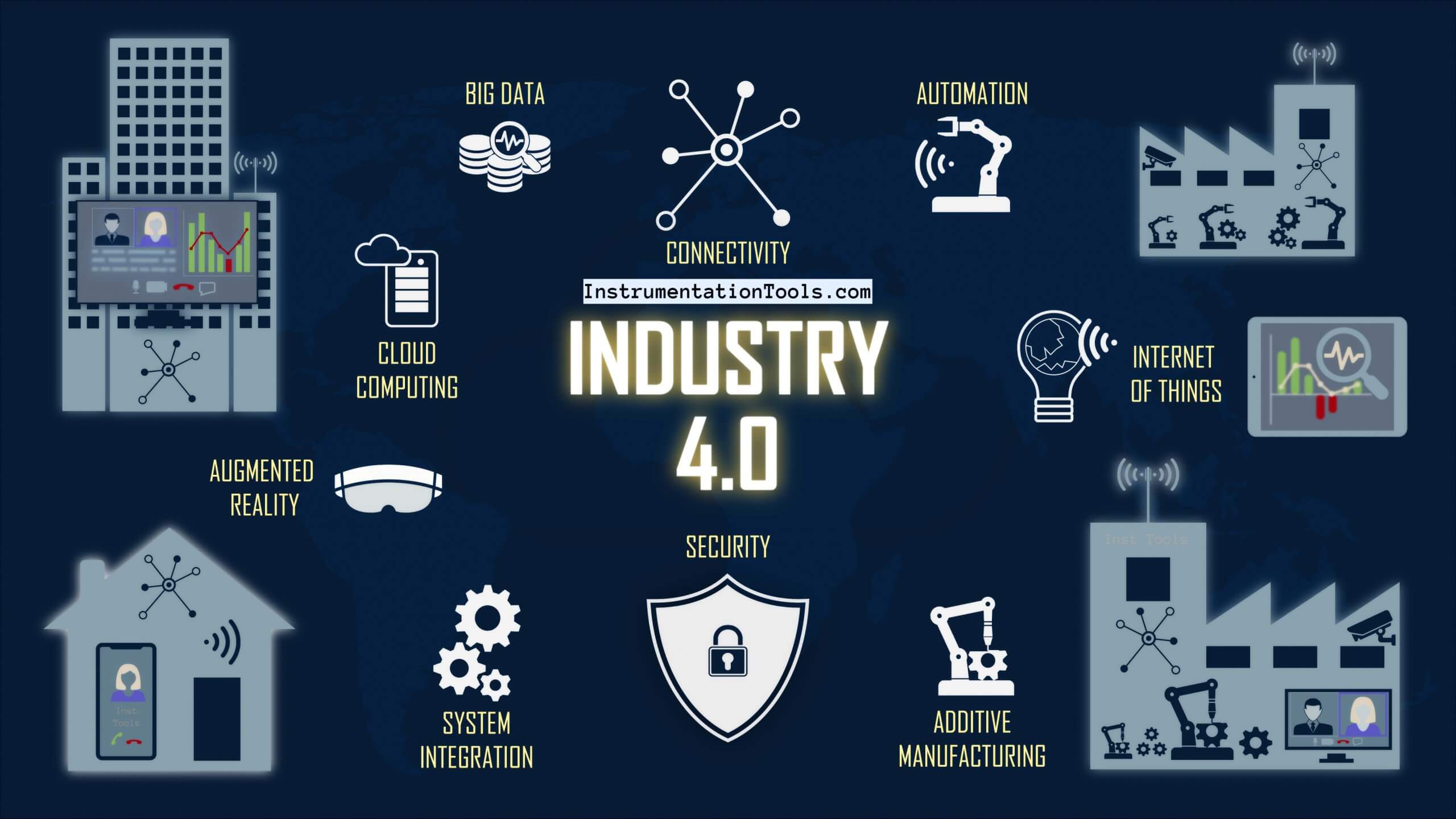
Let us understand some concepts and features of Industry 4.0:
IoT (Internet of Things)
IoT (Internet of Things) is the biggest feature of this generation. It connects sensors and other automation devices in a wireless manner to network computers, enabling direct communication between the physical world and the network world in a very secure and encrypted manner.
IIoT (Industry Internet of Things)
IIoT (Industry Internet of Things) is another advanced level of IoT.
IIoT connects people, sensors, and other automation devices in a wireless manner to network computers, enabling direct communication between the physical world and the network world in a very secure and encrypted manner; and also employing various manufacturing technologies in it.
This makes the production line faster, dynamic, real-time, and secure in nature, as the various technologies used in the manufacturing sector are deployed along with it.
Enterprise Resource Planning (ERP)
As discussed earlier in the IIoT section, manufacturing and production tools like ERP play a big role in handling a large amount of data and information in a very controlled and efficient manner in an organization.
This is possible because of faster and direct connectivity with automation devices.
Artificial Intelligence (AI)
This concept means that a computer device would mimic the intelligent activities performed by a human.
This decreases the involvement of personnel in machine control, thus increasing reliability and decreasing bugs in the system.
Simply, major human activities like sensing something, reacting to it, listening to something, and other activities will be performed by machines.
Machine Learning
It is the ability of computers to learn and improve on their own through artificial intelligence. We don’t have to tell it or program it.
The processing power of these machines is so powerful, that it makes the concept of machine learning very easy to use.
Cloud Computing
Remote computer servers on the internet are linked with the machines to handle data storage, communication, and processing in a very efficient manner.
Cybersecurity
Due to increased use of the internet, security methods are made so strict and highly reliable; that it prevents the whole network from hacking or theft. Advanced cybersecurity methods are used in this generation for this purpose.
As you can see, the high usage of the internet and advanced levels of manufacturing tools makes this revolution stand out from other revolutions.
If you liked this article, then please subscribe to our YouTube Channel for Instrumentation, Electrical, PLC, and SCADA video tutorials.
You can also follow us on Facebook and Twitter to receive daily updates.
Read Next:

